Stan is two parts mischief, one part firework, until one day a cold wind comes and changes everything. This Rowan Hoban-illustrated picture book, Two Parts Mischief – the first from northern children’s book publisher Wild Rumpus Press, aims to start a conversation about depression. Each copy of the book comes with a digital track of the author’s reading accompanied by music by Folie a Deux Femmes.
Wild Rumpus is a homage to Maurice Sendak. Did you draw much inspiration from his work?
Sendak is a true master whose stories I’ve been reading to my children for years, so it’s hard to imagine his influence hasn’t worked its way into my writing, however indirectly. What’s most inspiring to me is his ability to create, within a very short number of words and images, a world that is entirely coherent and strange at the same time, and also find a way to weave darker threads into his tales without them ever bullying the narrative into cowed submission. Two Parts Mischief – at least in terms of the physical book – is certainly inspired by old copies of Sendak, as well as a small handful of others. We deliberately went for lovely thick heavy paper that’s well bound and a pleasure to hold while you’re reading, and a restrained visual style avoiding some of the glossy bells and whistles so common to children’s books these days, which would, I think, have got in the way of the beautiful illustrations.
How closely did you work with artist Rowan Hoban and clarinet and harpist duo Folie a Deux Femmes on Two Parts Mischief?
Rowan was there from the off. I couldn’t have been luckier in that the perfect illustrator for the story happened to have children at the same primary school as mine. I’d send her the latest instalments at night and we’d talk about them in the playground in the morning, then she’d go off and get busy with her brushes and pencils. It took three years to get to the point where I was happy with the words and she was ready to complete the images, and it was in the later stages that the wonderful Charly and Fontane came along. I’d worked with them before and knew just how talented they were, so was immensely thrilled when they showed such enthusiasm for the story. In both cases, with the music and the illustrations, we all talked until we felt we all had a clear idea of what might work, but then they went off to concentrate on working up their own parts and letting their own expertise shine. What really counts is having people working together who have similar sensibilities and responses, and I really believe that the three elements – words, images, music – have ended up working brilliantly together, with each element enriching and illuminating the others.
What inspired the story of Stan?
Well firstly, it is just that, a story, and hopefully Stan exists as a fully-formed character in his own right. But of course there are connections back to personal experiences and those of people around me that feed into his tale – it’s just a little tricky pinpointing the precise nature of those connections. There’s a line from a poem I read when I was a teenager – “When I was five the dark dreams came/ Come back slowly or never come” – that always stuck with me, and echoed loudly upon seeing my own children hit that point when suddenly odd, dark clouds began appearing in the blue skies of their imaginations. Perhaps that’s it, but then again they’re all girls and Stan’s a lad so it’s only a very partial answer.
Is it important to start a narrative about mental health with our children?
Certainly, yes, but it has to be done with an extremely deft touch or it’ll either scare them or send them running – Joy Division songs and Beckett monologues on the futility of it all probably aren’t the way to go. What’s very important, I think, is that we make children realise that it’s perfectly normal for them and those around them to experience a whole range of feelings, both light and dark. Too often we want them to go on forever thinking it’s all ice cream and sparkles, I’ve done it myself – but when, inevitably, they hit a bump in the road they can be left feeling isolated and confused. Finding a way to give them at least a bit of a grasp on the territory in advance could make a big difference.
Do you think children really need to know sadness before they can know joy?
Children are terrific at experiencing feelings in the raw and I’m sure that when you’re very young you can enjoy moments of unadulterated joy that may have nothing to do with sadness at all. It’s a mark of getting a little older, though, that emotions become more interdependent, more wrapped up with each other. That’s when I think it becomes hard to really get a taste of joy without a flavouring of sadness caught within it. In the story Stan learns to cherish the cold wind that had made him gloomy by filling him up “like milk from the fridge/might fill up a cup.” I like to think he’s finally better off for the experience.
In an increasingly interactive and digital age, is it important to diversify children’s literature?
People can become very grim about the impact of the digital world on children’s literature but I’m fairly relaxed about it. I have abundant faith in the appetite for rich, well-told stories never really diminishing. If there is increased competition for children’s attention these days, then fine, the onus is on writers and publishers to fight in order to deserve it. Thinking hard about enriching stories and the characters they contain, whether through specially commissioned music, animation, puppet shows, digital add-ons or whatever it may be – if done properly it’s certainly going to help literature fight its corner long into the future.
Antonia Charlesworth

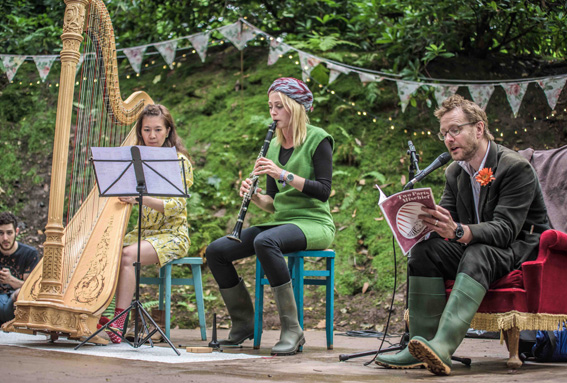
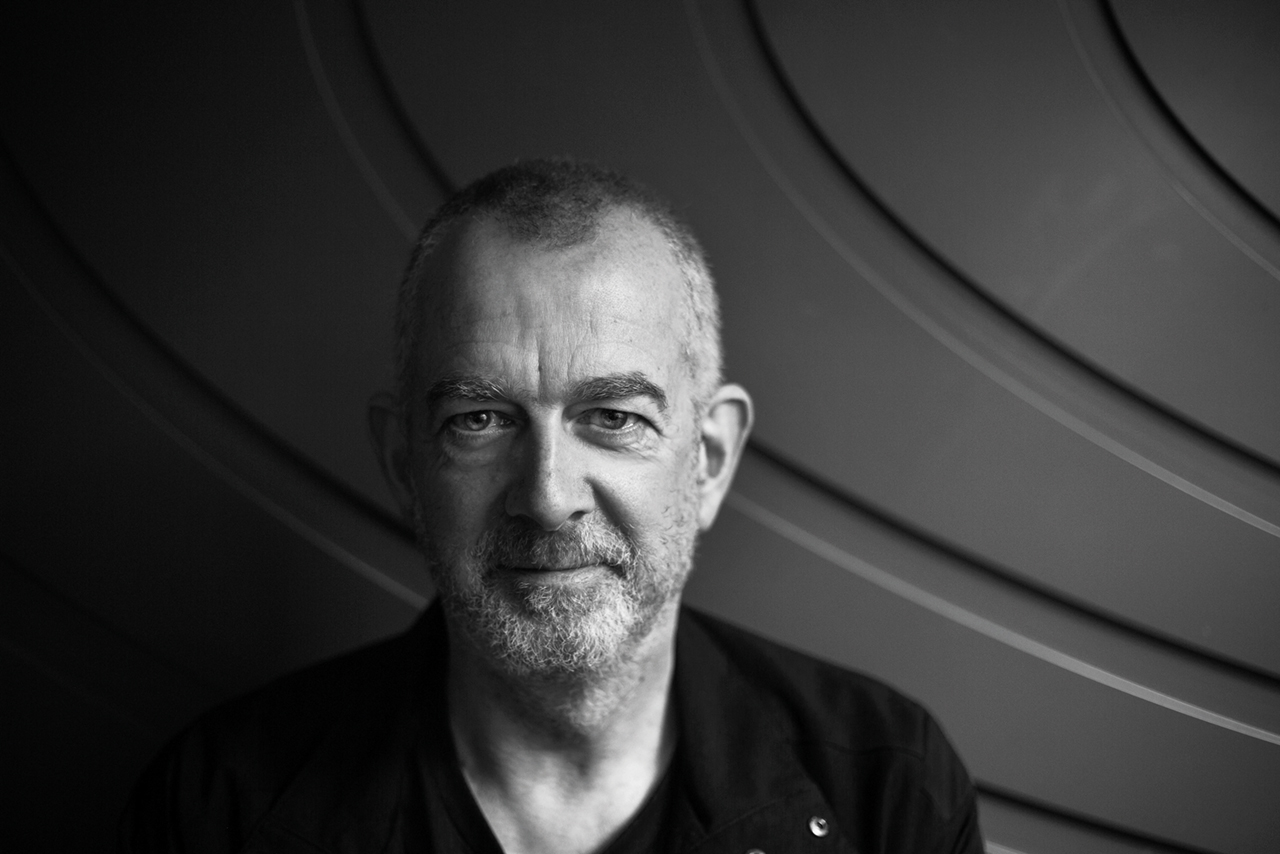
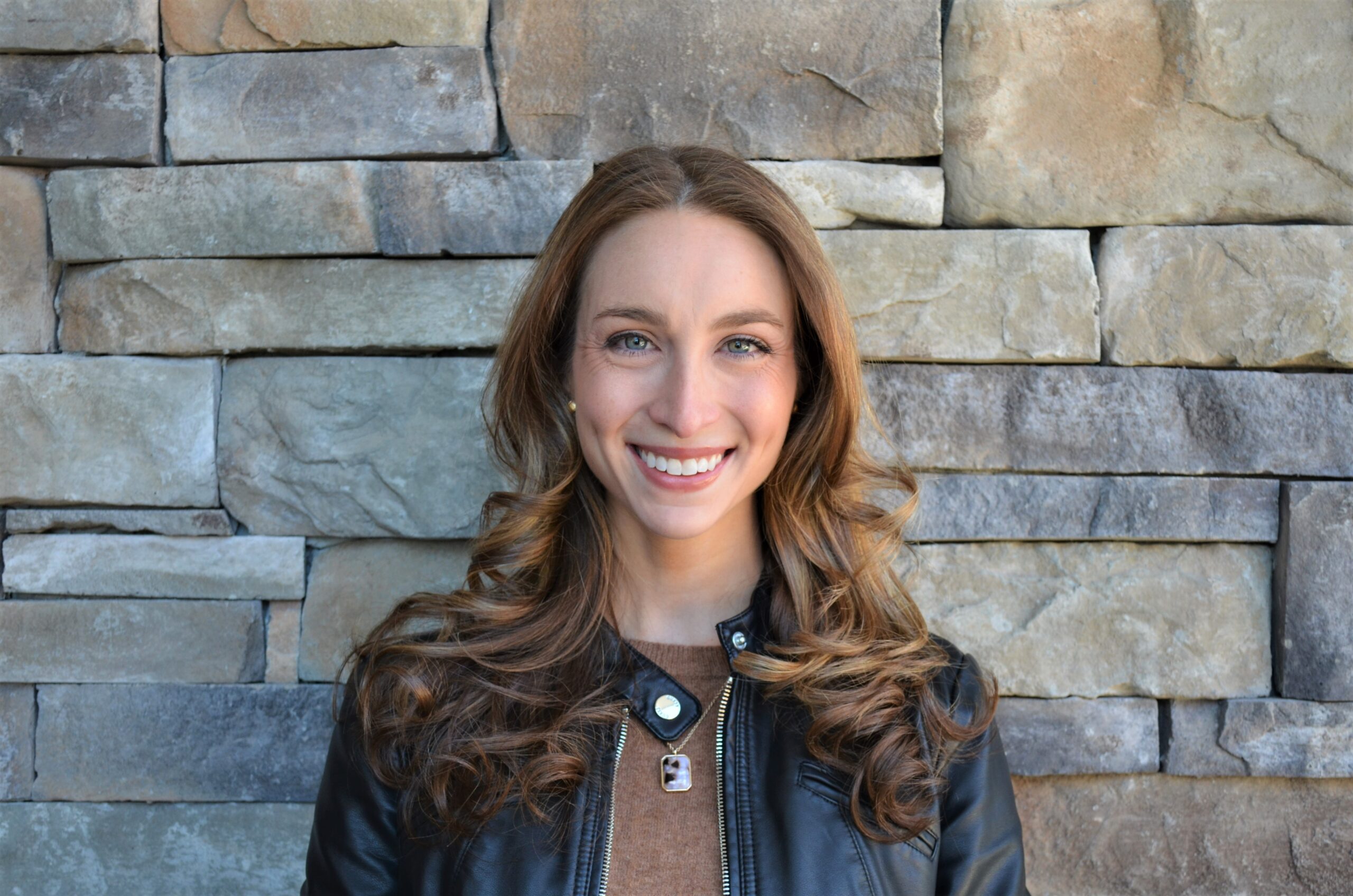
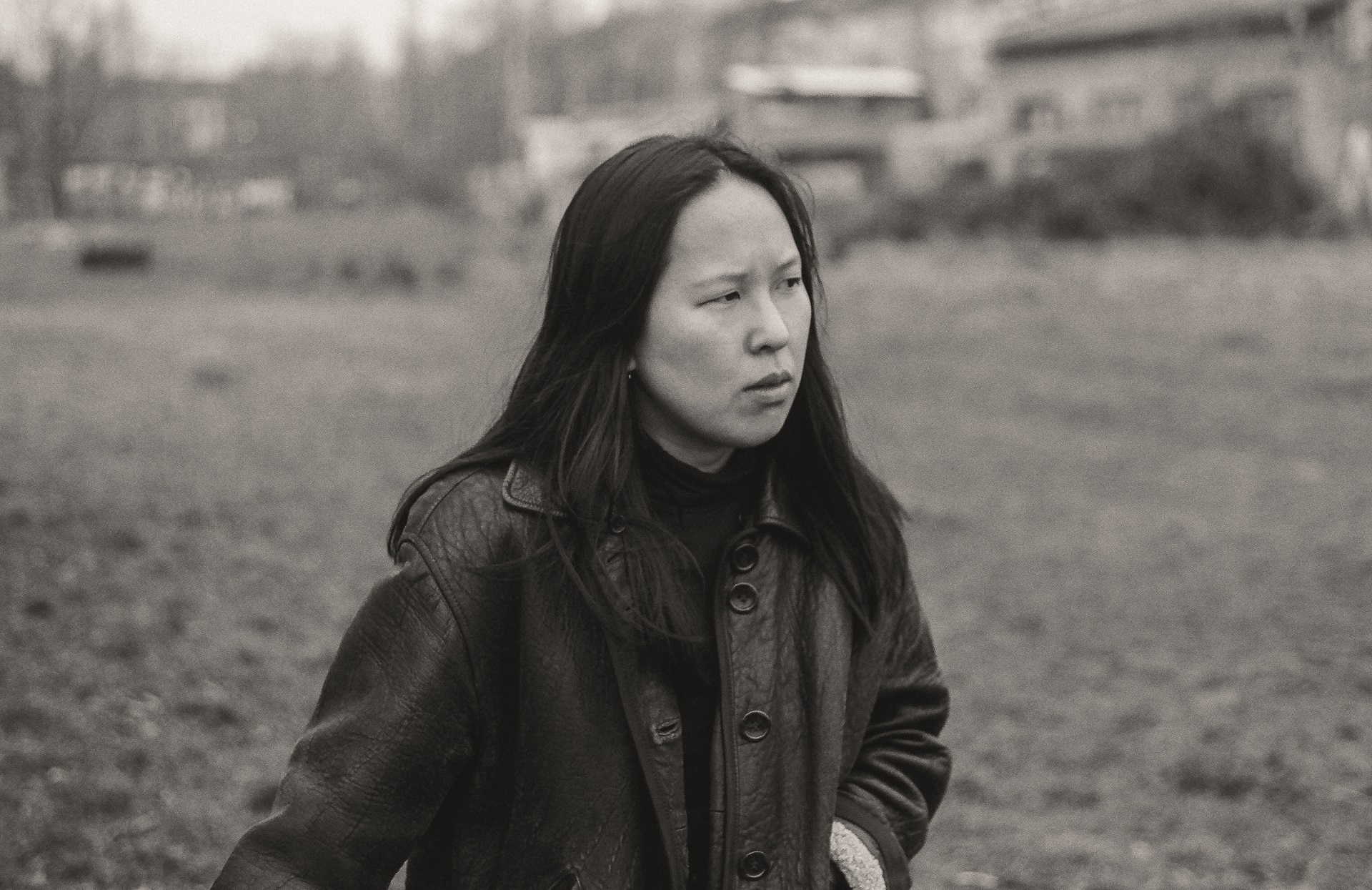
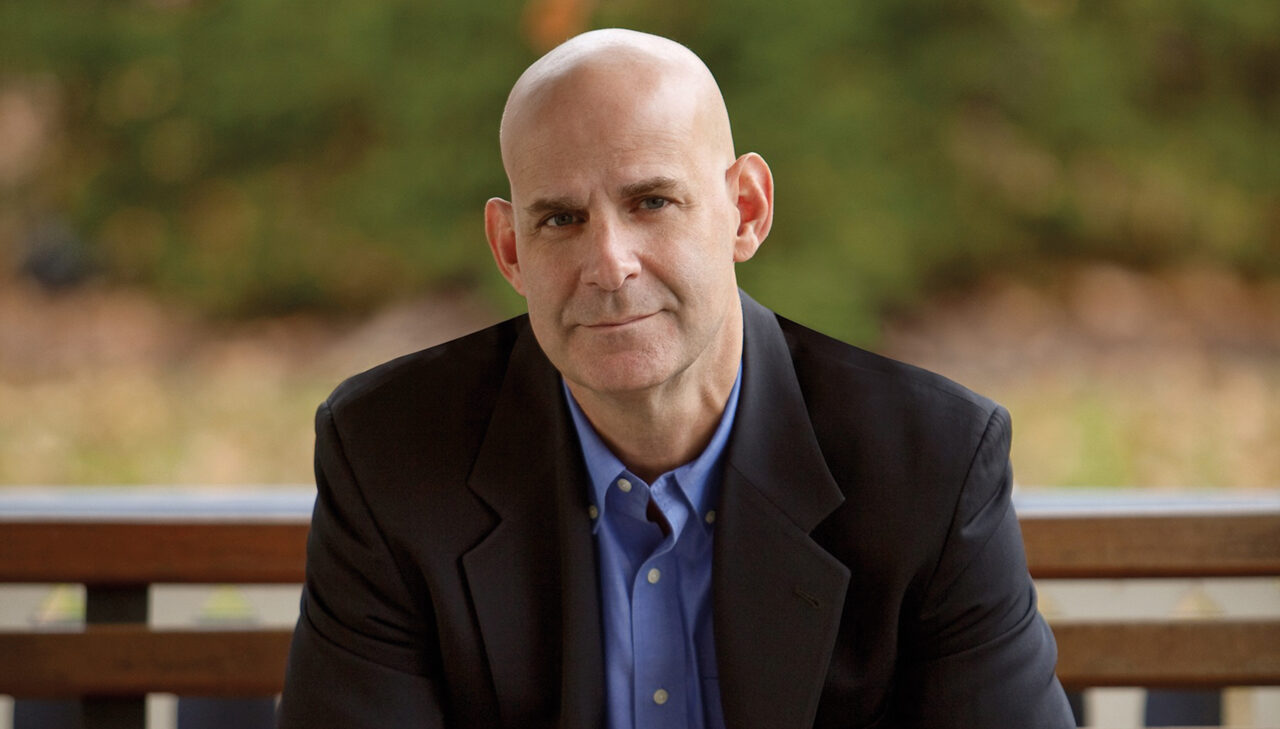

Leave a reply
Your email address will not be published.